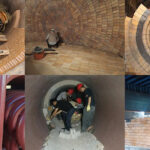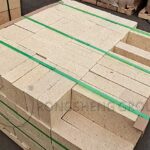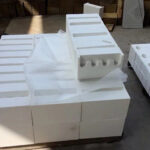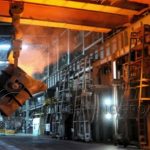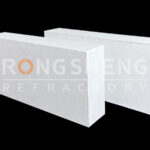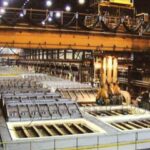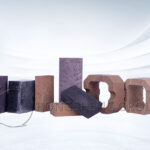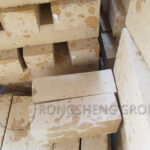Kiln linings constructed with refractory castables generally use vibration construction methods, and the formed refractory linings have high strength. Rongsheng refractory material manufacturer can provide design, material supply, material construction, etc. of refractory lining materials for high-temperature industrial furnaces. This article mainly talks about Anchor Refractory Bricks for refractory castable kiln lining.
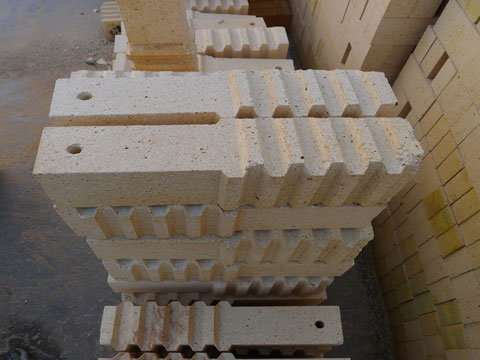
Design of Furnace Wall Refractory Castable Lining
The principle of furnace wall design is to make composite furnace walls of light and heavy materials. Their thicknesses are 40-200mm and 230-300m respectively. Furnace wall construction and anchors. The furnace lining is composed of refractory fiber felt, calcium silicate board, insulating refractory bricks, and refractory castables. The refractory fiber felt is secured against the furnace shell or placed between the insulating refractory brick lining and the refractory castable lining. Depending on the design of the refractory furnace lining, the length of the anchor bricks and connectors may vary. The fixing parts for the steel tie rods are thick-walled steel pipes and angle steel, which must be welded firmly to the furnace shell steel plate. The length of the anchor bricks should be sufficient to allow the cold end to be laid or poured in the thermal insulation layer to meet the construction requirements. The anchor bricks are connected to the furnace shell with steel tie rods and are movable. The distance between the end face of the anchor bricks and the furnace shell should be ≥ 40mm. In this way, it can move up and down with the rise and fall of the furnace wall, and can also move left and right with the expansion and contraction of the furnace wall. This ensures the stability and longevity of the furnace wall.
After the refractory castable lining is poured, it usually gains strength within a few hours and forms a solid whole. Therefore, there is generally no need to place metal supports and thrust parts in the lining body.
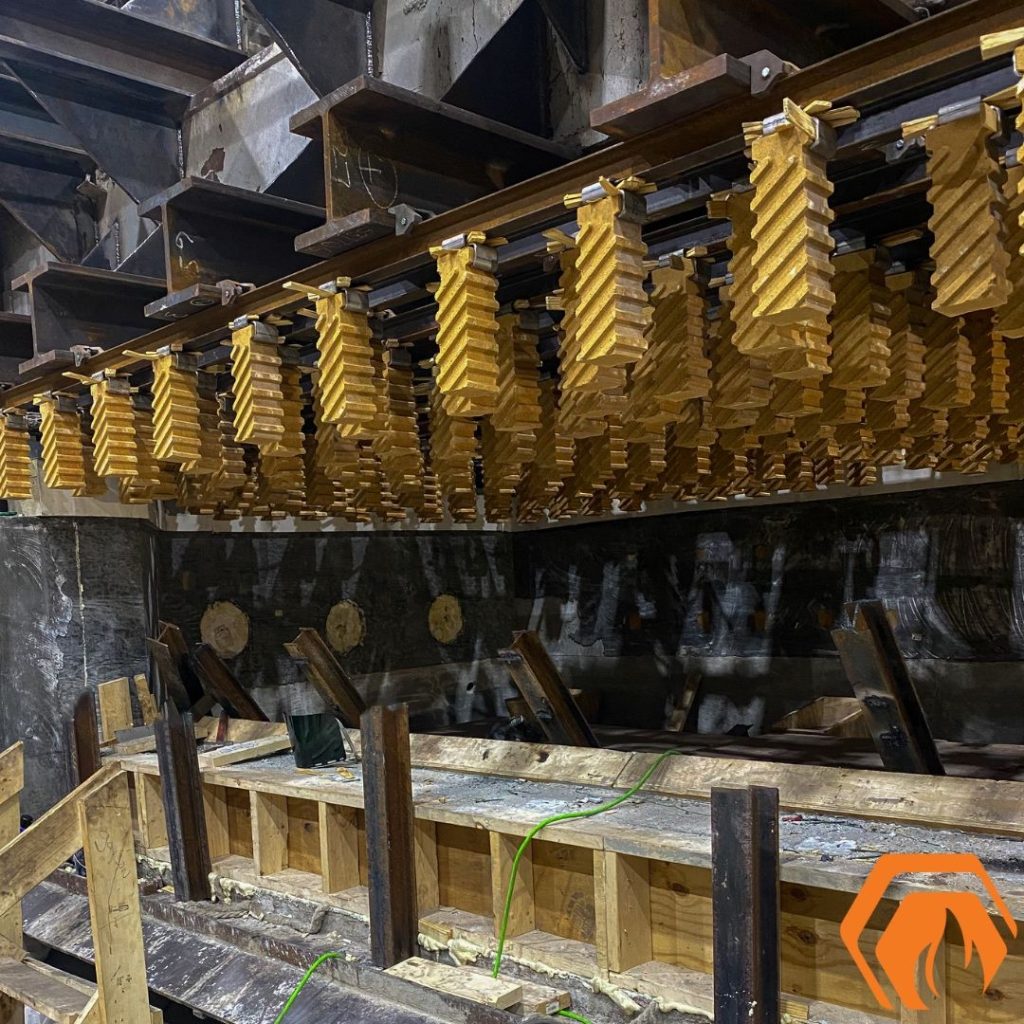
Anchor Bricks for Furnace Top Castable Materials
The materials used for the furnace roof lining are basically the same as those for the furnace wall. The lining material is also a combination of light and heavy materials. The thicknesses are 50-150mm and 230-300mm respectively.
In order to increase the service life of the furnace top, the anchor brick suspension system is used to keep the furnace top in a free state. Even if it is separated from the furnace wall and its structure is processed, the furnace roof can also be used efficiently. Refractory bricks are used in kiln castable linings. The spaces between the furnace wall refractory castable linings must be dry-built to facilitate movement. The reserved expansion joints are allowed to be filled with refractory fiber felt. When the stove top rises and falls, there are horizontal expansion joints to buffer it. The size of the gap is related to factors such as the height of the furnace wall, the degree of descent of the furnace top, and the operating temperature. The principle is that under no circumstances should the furnace roof come into contact with the upper and side surfaces of the furnace wall. When the furnace top generates side thrust, it will push the brick wall and be buffered at the side expansion joint. The size of the joint is determined by the side thrust of the furnace top. In addition, the hanging bricks around the furnace roof should be away from the upper surface of the furnace wall. That is, the distance between its center line and the working surface of the furnace wall should generally be greater than 200mm.
Expansion Joints
The retention of expansion joints in the refractory castable lining can be calculated based on its linear expansion coefficient, and then determined with reference to the linear change after burning. In general, it is determined empirically based on these two performance indicators because the thermal stress on the lining is difficult to calculate.
The expansion joint at the overlap between the furnace top and furnace wall is determined by the furnace wall height and operating temperature. The expansion joint width is selected between 35-70mm. The expansion joints of the furnace roof and furnace wall lining are left, and during the pouring process of the lining, the gap-filling material must be placed according to the position required by the design. Because the refractory castable has high strength after construction, expansion joints cannot be cut.
Rongsheng Anchor Refractory Brick Manufacturer
Rongsheng Refractory Brick Manufacturer, refractory anchor bricks, cheap refractory brick lining materials. Contact Rongsheng to get free samples and quotations of anchor bricks for castable linings.

